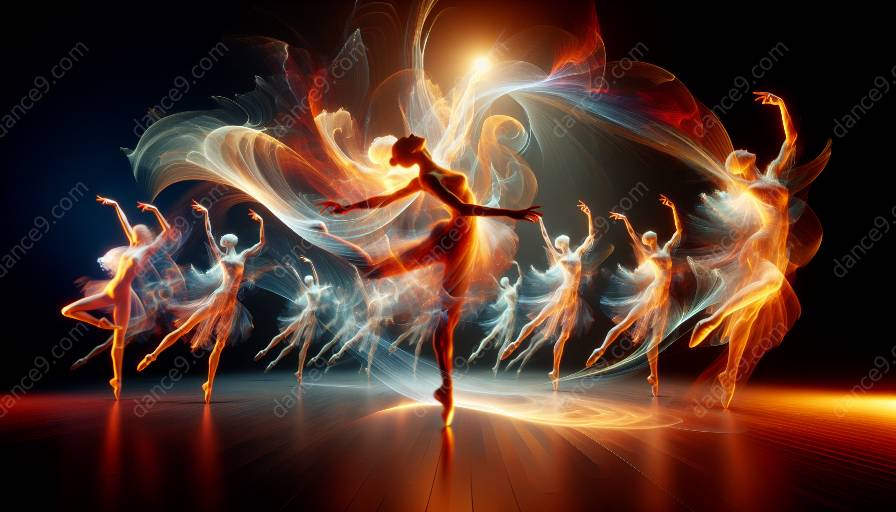As technology continues to advance, the realms of art and performance have seen a transformation, driven by the integration of holography and dance. The captivating three-dimensional nature of holography has given rise to a new wave of creativity in choreography and performance design, inspiring artists, dancers, and technologists to collaborate and explore the uncharted possibilities. This article aims to explore the significant impact of holography on dance, highlighting how it fuels innovation and creativity in choreography and performance design.
The Intersection of Holography and Dance
Holography has emerged as a powerful medium in the world of dance, providing choreographers and performers with a dynamic visual and spatial canvas to express their creativity. By integrating holographic technology into dance performances, artists are able to transcend the traditional limitations of stage design and visual effects, creating immersive experiences that captivate audiences and push the boundaries of artistic expression. The seamless integration of holographic elements with dance routines has opened up a new realm of possibilities, allowing for the creation of visually stunning and surreal performances that blur the lines between reality and illusion.
Enhancing Storytelling and Artistic Expression
One of the key ways in which holography inspires innovation in choreography and performance design is by enhancing storytelling and artistic expression. Holographic projections can be used to create elaborate and mesmerizing visual narratives, adding depth and dimension to the storytelling aspect of dance performances. Choreographers can leverage holography to seamlessly blend virtual and physical elements, weaving together intricate storylines that immerse the audience in a multi-sensory experience. Through the interplay of holographic imagery and live dance, performers are empowered to convey emotions and concepts in a visually compelling and evocative manner, breaking free from the constraints of traditional stages and sets.
Interactive Holographic Environments
Moreover, the incorporation of holography in dance has paved the way for the creation of interactive environments that respond to the movements and interactions of dancers. Through the use of motion-sensing technology and holographic displays, choreographers can craft dynamic and responsive performance spaces, where the visual elements adapt and evolve in real-time based on the movements and gestures of the dancers. This interactive synergy between holography and dance fosters a sense of co-creation, allowing performers to actively engage with their holographic counterparts, resulting in mesmerizing displays of synchronized movement and imagery.
Pushing Boundaries in Performance Design
Furthermore, holography has proven to be a driving force behind the evolution of performance design in the realm of dance. By leveraging holographic technology, choreographers and stage designers are empowered to push the boundaries of what is achievable in terms of visual spectacle and artistic innovation. From incorporating holographic elements into set designs to creating seamless transitions between physical and virtual spaces, the integration of holography in performance design has redefined the possibilities for creating visually stunning and emotionally resonant dance experiences.
Inspiring Collaboration and Technological Exploration
Ultimately, the intersection of holography and dance has given rise to a climate of collaborative innovation, bringing together artists, technologists, and performers in a shared pursuit of pushing artistic boundaries. The fusion of dance and holography has sparked a wave of technological exploration, with creative minds delving into the realms of augmented reality, motion capture, and holographic projection techniques to further elevate the impact of dance performances. Through this collaboration, new tools and methodologies have emerged, enabling artists to unlock previously unattainable levels of creativity and expression, leading to groundbreaking advancements in the field of performance design.
Conclusion
In conclusion, the incorporation of holography in the world of dance has unleashed a wave of innovation and creativity, inspiring choreographers and performers to redefine the boundaries of artistic expression. The seamless integration of holographic technology with dance has not only enriched storytelling and performance design but has also fostered a collaborative environment of exploration and boundary-pushing within the realm of technology-enabled art. As we continue to witness the evolution of holography in dance, the possibilities for creating immersive, emotive, and visually captivating performances are boundless, signaling a future where the marriage of holography and dance continues to inspire and amaze audiences across the globe.

































